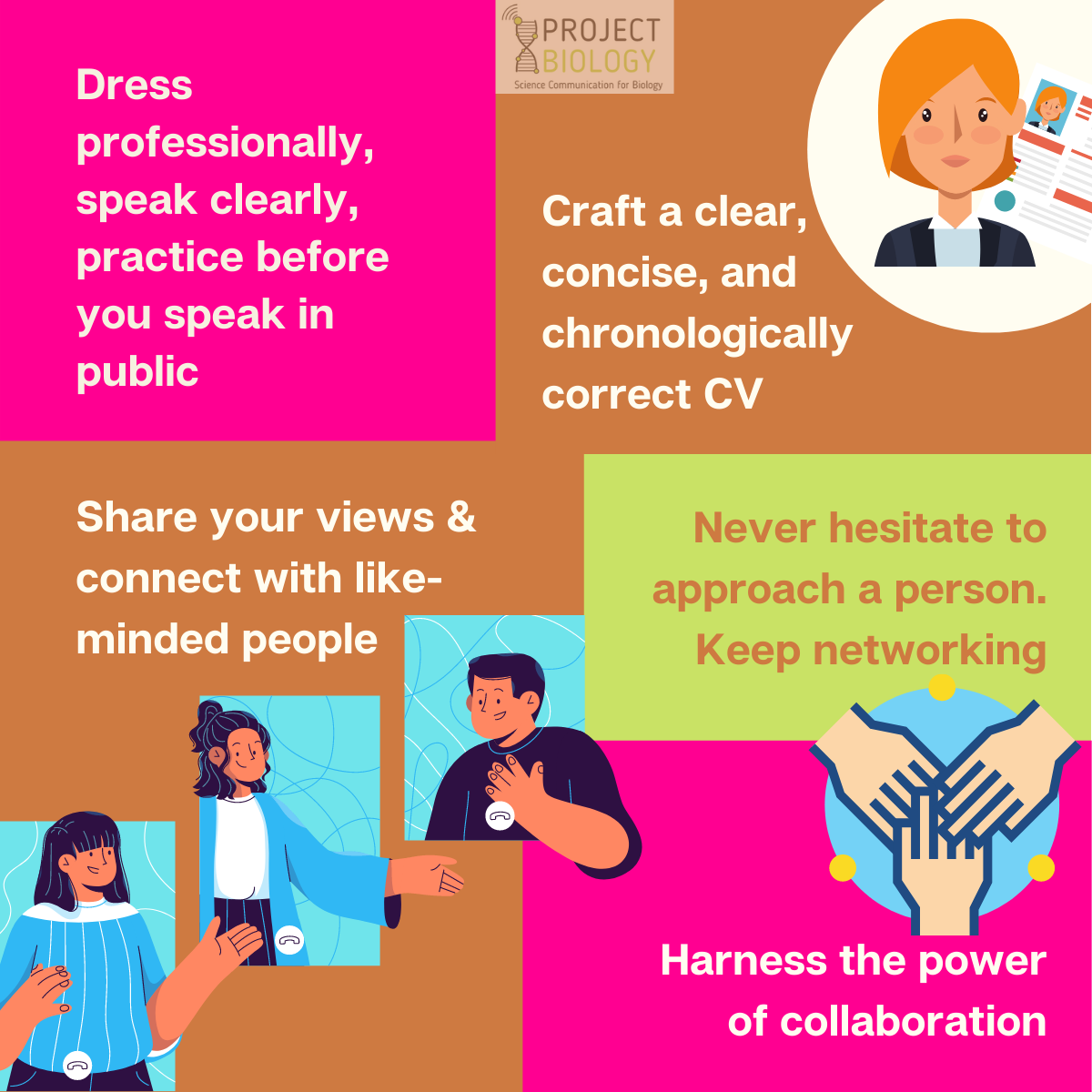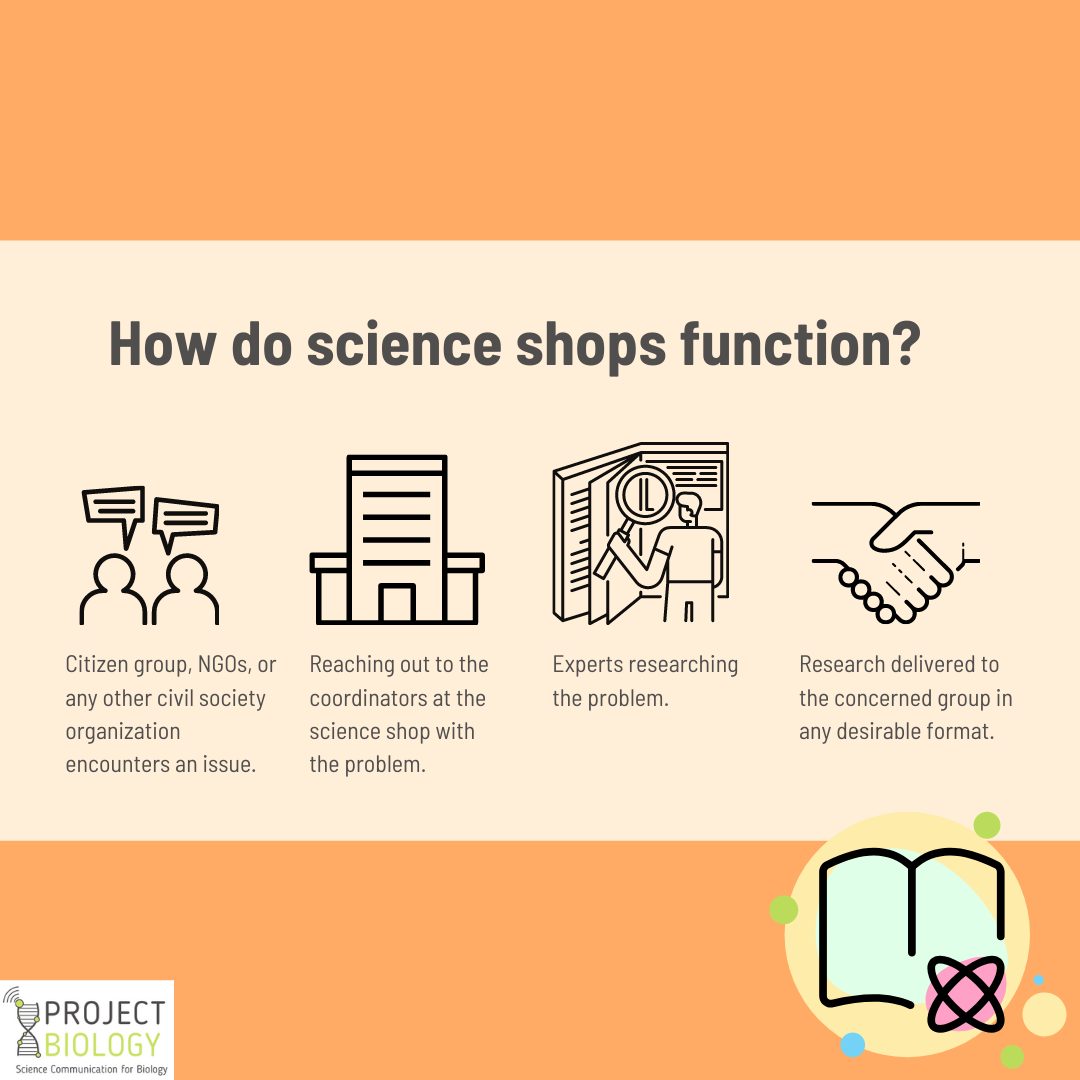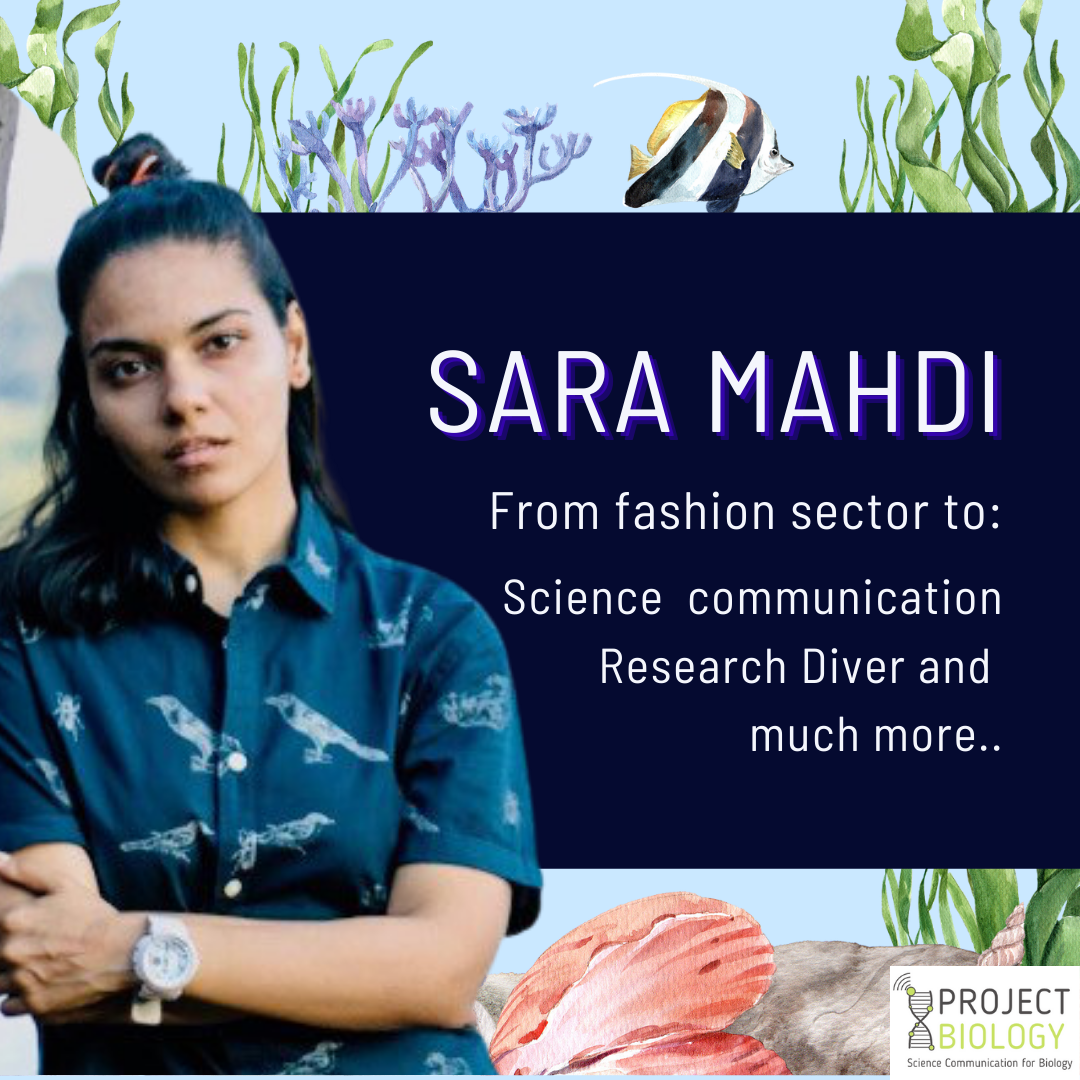Every one of us wants to be looked upon, given the credit for all the hard work we do. Diving in the history of sciences we come across many names who were not accredited for their contributions.
Many scientists suffered the Matthew effect, others were obliterated or not named, women suffered the Matilda effect, and thus never received the recognition they deserved.
For example, Thomas Morgan took credit for sex determination, while Nettie Stevens did the studies.
In this competitive world, one can benefit greatly from marketing their capabilities, achievements, and forge more connections.
Such marketing can help you come of obscurity, get you the recognition you deserve, and open new doors of opportunity. So here we bring you a guide on How to market yourself in science.
Work on yourself first
Think of your favorite dish, the one that makes your mouth water instantly. You surely imagined it in a neat plate, with garnishes, and a scrumptious side dish to enjoy with it. So, before you eat you see, you smell, and the feel-good hormones begin to flow. The dish sold itself to you before you ate.
Similarly, when you look professional, confident, and sharp, you market the best version of yourself.
Presentation of self
When you go for an interview with the head of a lab, present a paper at a conference, or take part in the discussion, make sure you dress professionally. If one looks lousy, how can anyone trust them to handle the sensitive experiments in the lab?
Be confident
Some people are born with it, while others accumulate it with practice. Stay confident even if on inside you feel like a train on fire. Take deep breaths, science tells us our breathing controls our mood.
Speak clearly, choose a person who seems most comfortable to you, and try to focus your attention on them. Don’t think too much, keep that brain clear for important thoughts. Practice talking in front of the mirror, family members, friends, or lab mates.
While giving a presentation, structure the presentation so that it helps you maintain a chain of thought. Follow the 6*6 rule for a slide, 6 points with no more than 6 words.
Craft a good CV
A well-structured CV helps one understand your area of work, achievements, skills, accolades, and publications. So structure your CV in a clear, concise, and chronological order.
You can always prepare a master copy, and customize different versions to suit the position or job you are applying for.
Also, you can mention the publications in a separate document and name it as a publication portfolio. While in the main document you can mention a few of your recent publications and the name of journals you have published in.
If you are submitting the digital copy, you can always hyperlink the articles to the webpages.
Network, network & network some more
Human beings are social animals, and we are not meant to operate in isolation. So why do you need to remain in obscurity and isolation?
Network with people. Networking not only brings you loads of new knowledge but also gives you a chance to expand your connections.
Even if you think a person might not be interested or isn’t important, do not stop there. Reach out, say hello, talk about their work, and who knows what opportunity may come across.
E-networking in new normal
In the pre-pandemic times, the coffee or lunch breaks in conferences were the best times to talk to the speaker. But in the current new normal, webinars and digital conferences are the way. Don’t worry.
Take note of the speakers, visit their social media handles, follow them. You can send a polite message to the speaker after the talk, request them for an email-ID, or arrange a video call. You can also take note of the attendees, and if it is an open platform listen in keenly to different people.
You can always connect with them in chat windows often available on online meeting platforms. You can even reach out to the organizer and ask them for the material you think could help you.
Organizers can also lead you to some great people to connect with. You can even ask the organizer if you can be part of their team for an event that might be organized in the future.
Share views & connect with like minds
There are many ways you can share your views and connect with like-minded people. You can share your views on the area of study you focus on, insightful information, comment, and engage in conversation with people who do so.
You can learn from other accounts who share similar interests, or fields as you. See below an example of one vibrant science communicator, Siddharth Kankaria. The account description tells you everything there is to know about them.
He also manages SciCommSci club that gives a chance to connect with many other like-minded people. The curated and insightful information posted allows the chance for dialog. Also, he is responsive to the replies he receives, which is a positive sign and encourages people to visit the account.
And you can find other such interesting people from the list of people you already follow.
Build your network via a bottom-up approach
As you start out you are still trying to establish your persona and voice. Following the popular accounts can help you learn more, but they might not have the time or get the chance to follow you back.
So, you can follow a bottom-up approach to build your network. Connect with other scientists who you know or work in your area, people with comparatively fewer followers but active voice have a higher probability to respond and connect with you.
This way you can get opinions on your views, learn and engage, and remain social while building an audience of your own.
Collaborate on things or activities
Don’t shy away from collaborations. Collaborate on even the smallest of projects, like interviewing scientists, forming a small reading group that updates each other about the latest scientific news, writing group, or others.
If you have a concrete idea, then you can form a group like scicommsci and connect and collaborate with like-minded people. As you actually work with people and collaborate with them it helps you forge closer bonds that can actually prove fruitful.
You can use the Slack app to create a channel or you can join slack channels formed by others. These are great places to find people and connect with them over chat.
Get on social media
Getting on social media remains especially important in today’s pandemic era. If it was not for global connectivity through the internet and social media we would have been forced into an abyss. Thus, getting on social media should be the most important step in marketing yourself. ( Read our article with tips to make use of social media)
As we are talking about professional relations LinkedIn tops the list. LinkedIn till now remains underrated and presents a lot of potential. So, get on LinkedIn and share your work with professionals. Set up your profile, and complete it. To write the description think of:
- What brought you where you are today?
- How well-positioned are you?
- What do you bring to the table?
- And some information about yourself that humanizes the description. For eg: You may mention what you love, or add a fun ending or a quote.
Follow the same Mantra on Linkedin, like, comment and share. It actually works out of YouTube and makes you more social. Also, whenever someone connects with you or accepts your request send them a message.
For eg. You can thank them for connecting with you and ask about their work. Remain courteous and professional, and avoid using any informal language you may use while chatting with friends.
You can also write articles on LinkedIn, post opinion pieces. Do not forget to follow people outside your domain at times, like key thought leaders, influencers, and others. These people give useful advice applicable in general to different people.
We would recommend you to follow Gary Vaynerchuk, he is an energy ball and will surely pump you up.
While LinkedIn provides you a professional platform, Twitter allows you to share instant thoughts and conversations flow freely.
So, write your description as key messages drawn from your Linkedin description. Do add hashtags in the description which make you discoverable.
Like science communicators can add #scicomm.
If you are a scientist do get in touch with other communicators, or follow other lab heads to see what they do for outreach. As outreach is a great opportunity to market yourself.
You can also show that you actually love your work and not only keep geeking day in and day out.
Let us show you an interesting thread from Dr. Zill-e-anam. Here she documents her thesis writing journey, how interesting is that. You can see in the thread that she actually loves her work, brings an emotional connection to her journey.
She also posts puns and funny things that at one time seem like obstacles. She also reaches out to fellow Twitter people whenever she needs advice on any writing or documentation aspects. She currently works at India Bioscience and one look at her social media makes you believe that she actually loves what she does.
Take tips from those who you feel are doing a good job or pique your interest in their work. If you want personalized advice and help feel free to get in touch with us.




